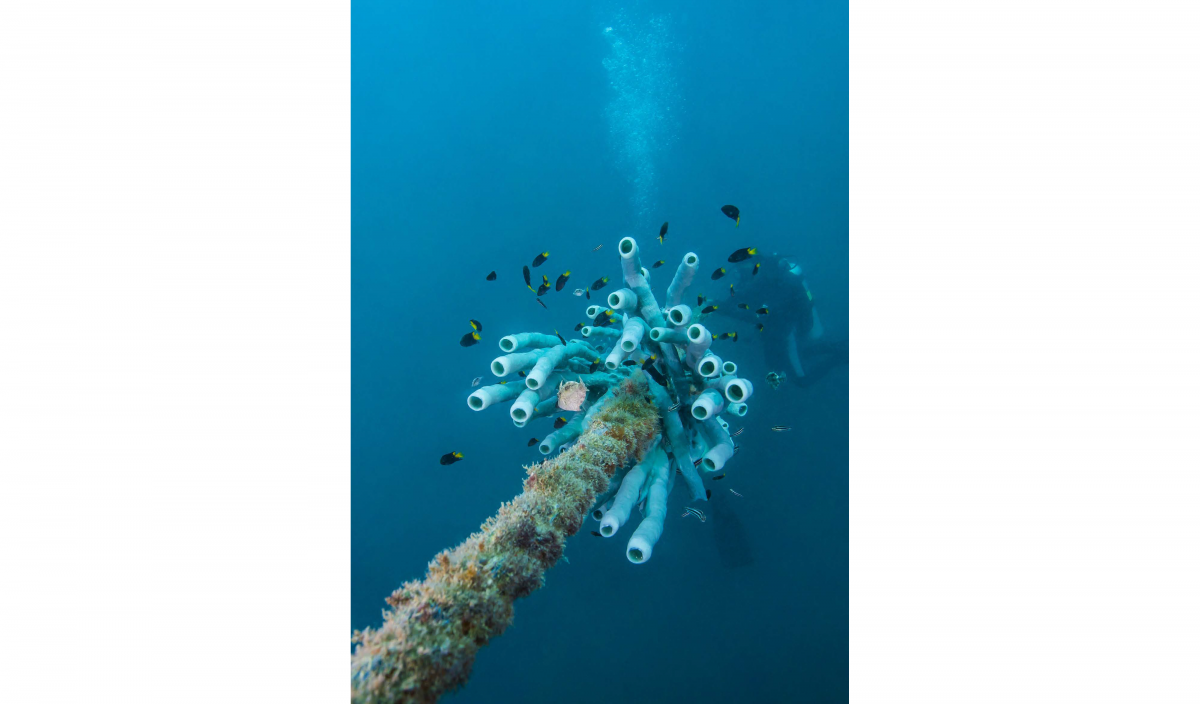Report: Blue Infrastructure Finance, where all win
All coastal and marine ecosystems are critical to human well-being and global biodiversity. Mangroves, coral reefs, and seagrass beds are examples of these. But urban and rural infrastructure investments are having a heavy negative impact on these systems, and it is increasing over time.
To find out how to turn this around, IUCN brought together a group of leading experts – with finance, conservation and engineering backgrounds – to explore how infrastructure finance and Nature-based Solutions (NbS) can work hand in hand to make infrastructure investments better, more durable, and financially more attractive.
For a turnaround to happen, developers, policy makers, and financiers must be familiar with blue infrastructure in coastal areas. One of the key objectives of this report is to enable all these important groups to answer at least three questions:
- What is NbS?
- What are resilience-planning approaches?
- What are means for obtaining blue infrastructure finance?
Answering these questions will allow blue solutions to win for all involved, from the developers to the policy-makers and financiers, to the local communities, and finally to the biodiversity on which we all depend.
A need for the right ingredients
Developing and financing blue infrastructure requires agreed standards and principles applied to any new project, and on which the partners can all count.
These standards, combined with an appropriate mix of conservation grants and private finance (called blended finance), can help to overcome any bottlenecks which slow or stop the development of resilient, nature-based solutions in the coastal zone.
Once these difficulties are removed, NbS approaches can be enlarged and attract more private financing.
Excitingly, new blended finance tools integrating coastal and marine NbS can play a critical role in a just and sustainable transition towards a low-carbon economy.
Such tools can help remove risk from blue infrastructure investments, while attracting a suite of private enterprise actors. Impact investors are part of that suite.
The stakes are high
If successful, this approach will have broad ecological benefits and cascading improvements to linked coastal and marine systems, on all levels. At the same time financial benefits, NbS profit, and also branding will grow - for investors, companies, and related service providers.
Therefore, important audiences for the report are private sector investors and multilateral financing institutions; all key to infrastructure finance.
Convincing these critical stakeholders that blue infrastructure finance is not only possible and desirable, but feasible and ultimately more financially attractive, is critical to achieve a fair transition to sustainability.
IUCN is looking forward to developing this approach, and putting it into practice.
Please download and read a report that matters.






